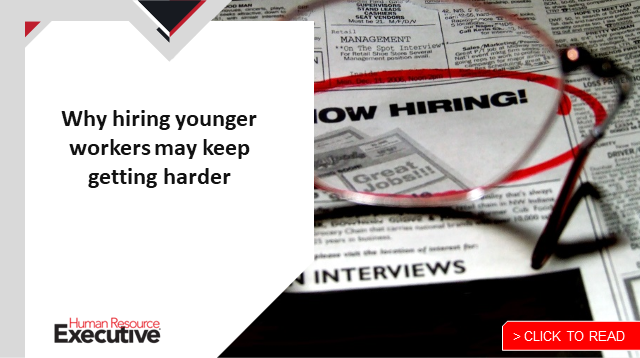Technology has long enabled HR leaders to create a more streamlined, efficient and stress-free employee experience (EX), but in recent years it has also become a lifeline for many organizations. Having the appropriate technology can help determine how resilient an organization can be in the face of immense challenge, both in terms of maintaining operations and by creating opportunities to reinforce culture, a sense of collaboration and an overall positive employee experience.
From the employee perspective, increased reliance on technology does seem to have had a positive impact on their experience at work. The EY 2022 Work Reimagined Survey shows that employees are now more optimistic on company culture than they were at the beginning of the COVID-19 pandemic. Sixty-one percent say they agree company culture has improved in the last two years, up from 48% in 2021. This perception change has coincided with a period of investments in and pivots toward tools needed to be successful with new, more flexible ways of working.
The study reveals a split between the organizations that are most optimistic and those that are more pessimistic about their culture and productivity levels. The more than one-third of employers categorized as more “optimistic” in this area show themselves to have been proactive in adjusting to present challenges. This is reflected in the 90% of “optimistic” employers that believe they have successfully operationalized flexible work, compared to just 53% that are “pessimists.” Nearly half (47%) of “optimistic” employers say they’re making investments in better workplace technology, compared to just 19% of “pessimists.”
Organizational temperature check
 Recognizing that the world of work has transformed, organizations need to assess and refine their strategies to model those more “optimistic” behaviors. It’s imperative for HR leaders to have the data to properly assess how their organizations are adapting and whether their employees are thriving with new ways of working. Leaders also need to know whether the tools and processes they have in place now are moving their organization toward its goals.
Recognizing that the world of work has transformed, organizations need to assess and refine their strategies to model those more “optimistic” behaviors. It’s imperative for HR leaders to have the data to properly assess how their organizations are adapting and whether their employees are thriving with new ways of working. Leaders also need to know whether the tools and processes they have in place now are moving their organization toward its goals.
Getting an accurate view of where the organization is now and is going is not always a simple task.
Certain kinds of data can be gathered automatically, and much of it is already available, though sitting outside HR. Information technology managers often use test results and monitoring systems to prove that each technology system is working, for example. But that information is not always shared with HR managers to look for symptoms of a poor interface of employee and technology. If users are frequently seeking help with a critical tool, that might be connected to inefficiencies rippling through the team, department or organization.
Still, automation has its limits. If a system is too standardized, it cannot always discern and address the various individual, real-time uses and needs of employees.
This is why a vital piece of getting a fuller organizational picture comes from listening to your people and designing measurable EX programs that reflect their realities, and the technology to improve them.
Aligning operations with EX
Having endured more than two years of the COVID-19 pandemic, organizations recognize the value of being more agile, resilient and creative in how they enable employees, both in person and virtually. The same kind of agility and creativity should be applied as we redefine EX for a new era.
Technology and tools enable employees to complete their core duties and manage personal data, and increasingly provide a touchpoint for employees to re-engage with the organization’s culture. Employees with a hybrid, in-person and remote role will need systems that streamline tasks for clients, just as they do things like streamline the registering of vaccine validation. But these systems also need to enable collaboration and efficiency between teams, reducing friction to high-value interactions.
How well this streamlining happens in practice will influence the overall EX, and the trajectory of organizational culture and productivity. Done well, this can make employers more attractive to new hires and improve job satisfaction for current talent.
Many of our basic activities in daily life, from grocery shopping to ridesharing, are increasingly colored by interfaces and the design of apps and websites. As how, where and when we work continue to evolve, organizations need to aim for the same level of frictionless interaction between employees and their experience of work. They will also need to improve that technology as work flexibility continues to evolve.
 That underscores why HR leaders have an opportunity to be a leading voice in any technology conversation, by looking at operations and outcomes data through the lens of the employee experience.
That underscores why HR leaders have an opportunity to be a leading voice in any technology conversation, by looking at operations and outcomes data through the lens of the employee experience.
Leaning into this data-driven, people-centered strategy will help organizations remain resilient and poised for opportunities to come.
The views reflected in this article are the views of the author and do not necessarily reflect the views of the global EY organization or its member firms.
The post Redefining EX for a new era with technology appeared first on HR Executive.